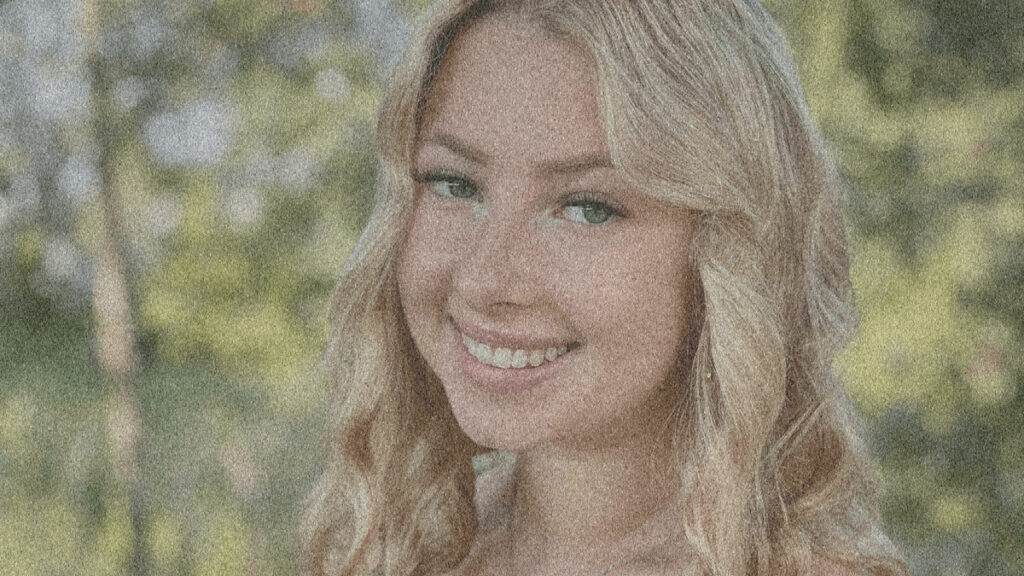
Hey there, fellow moms! I want to talk about a deeply personal and sometimes misunderstood topic that has been part of my life for a while: Visual Snow Syndrome. I want to take you through my journey of living with VSS, the challenges I faced, and how I found hope and empowerment along the way.
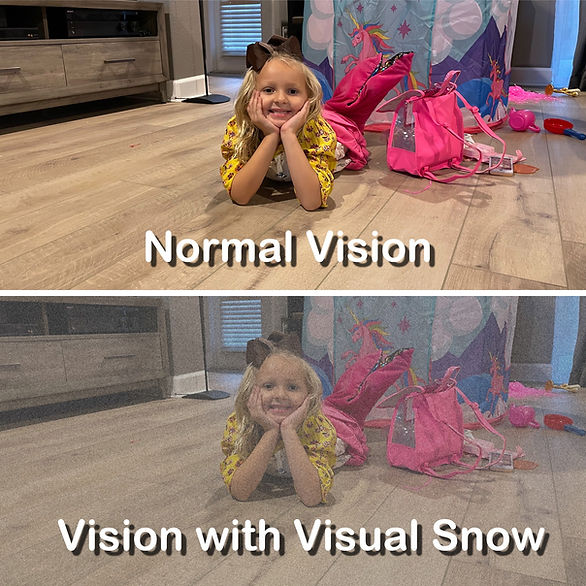
Just letting you know that this post could have some affiliate links in it. These links may result in a small monetary commission for me, if you decide to make a purchase, after clicking on them. Thanks for your support of Insider Mama!
Understanding Visual Snow Syndrome
Visual Snow Syndrome is a neurological condition characterized by the perception of persistent visual disturbances. Individuals with VSS experience a constant overlay of tiny, moving dots resembling television static or snow in their visual field. Imagine looking through a grainy filter all the time—it can be overwhelming, to say the least.
Living with VSS: My Personal Experience
In the summer of 2005, I awoke to a world that I no longer recognized. Everything looked different. Floating dots and clouds were everywhere. I’d seen floaters before in bright sunlight and assumed this was an extreme case. I became really anxious right away because I had previously asked my doctor about them and knew there was no treatment. Regardless, I scheduled an appointment with my eye doctor. Apart from the floaters, my eyes were said to be healthy, with no retinal tears. Good news? Well, I was glad that my eyes looked healthy but they certainly weren’t behaving the way that healthy eyes should.
I went home in despair because there was no chance that these floaters would go away. I’d have these blobs in my eyes forever. I also couldn’t shake the feeling that something else was significantly wrong with my vision, but I couldn’t verbalize what it was. Something was definitely off though.
After a few days, I began to notice visual snow everywhere. Since childhood, I had always seen static in the dark (which I thought was typical at the time), but never with the lights turned on. Every wall I looked at was covered in static. I covered one eye – static. I covered the other eye – static. Onto the neuro-opthamologist, where all of my tests came back normal. He indicated he wasn’t familiar with my symptoms and couldn’t offer any suggestions.
My eyes got extremely sensitive to light over the course of a few days. My body began to tremble as I began to see negative afterimages everywhere. My face became numb. I called the doctor, who recommended me to go to the ER since I could be having a stroke! At the time, I was 27 years old, so a stroke seemed unlikely, but so did everything else that was happening to me. For a week, I was hospitalized and subjected to every test imaginable. CT scans, MRIs, blood tests, X-rays, and a lumbar puncture (just to name a few).
My vision was worse when I got home from the hospital. I was experiencing ghosting pictures, halos, and glare, and my eyesight had deteriorated from roughly 20/30 to 20/40. There are still no explanations.
I was looking at my baby daughter a few weeks later; my older daughter was right behind her, and there were two of her. I was seeing double, but it wasn’t typical double-vision, this was different. Not on the object I was looking at directly, but on whatever was behind my object of attention. Back to the doctor’s office. My brain, it was said, had started filtering out extra visual information. Each eye perceives two distinct images, which our brain combines into a single image. My brain was no longer doing its job efficiently.
Yet another trip to more eye doctors. Bascom Palmer in Miami did comprehensive testing. All of the outcomes were normal. Back to Orlando for an out-of-pocket neurologist at $500 per hour. All of the outcomes were normal.
After months, I stopped experiencing new symptoms, yet every symptom I got throughout that time had stuck with me. I continued to have floaters, visual snow, afterimages, ghosting, glare, haloes, and double vision. I was dealing with it all 24 hours a day, seven days a week. Even with my eyes closed tightly.

Eventually, I discovered a message board where hundreds of other people from all over the world were suffering from the same ailment. All of their tests were also negative. There was great debate in the boards over whether VSS was an eye problem or a brain problem. I wondered why no one in the world seemed to be researching Visual Snow Syndrome or its associated symptoms. Something had to be done. In 2006 I formed the non-profit, the Eye on Vision Foundation.
Fast forward to 2010, when a patient I met on one of the VSS internet message boards introduced me to Prof. Peter Goadsby. We collaborated on the first ever Visual Snow Syndrome research study with Dr. Christoph Schankin. The paper, titled ‘Visual snow’ – a disorder distinct from persistent migraine aura, was published on March 18th, 2014. This groundbreaking study provided VSS patients with a formal diagnosis for the first time, prompting the National Institutes of Health to legally classify Visual Snow Syndrome as a rare disease.
In June 2014, several of my symptoms that had lessened over the years returned even worse than in 2005. I had never been free of the symptoms, but they had subsided to the point that I could live a happy life. All of my symptoms returned in full force, as did new ones such as flashes, blue random circles, and vertigo.
Another worsening of symptoms happened in 2016. This rendered me housebound and frequently left me wondering if the symptoms would ever subside to a manageable level. They calmed down some, but never returned to any of my earlier levels, so I learned to adapt.
The deterioration became nearly an annual occurrence. This was not really “normal” for most patients suffering with Visual Snow Syndrome. Most patients acquire the condition, it levels off, and they don’t get worse. I was not, am not, most patients.
In 2021, I contracted the Covid virus, which sent me to the hospital for a week. The virus greatly exacerbated my VSS symptoms. At the time of this article, I still have long-term Covid symptoms, as well as silent migraine symptoms and Visual Snow Syndrome symptoms. It’s a lot to live with every moment of every day. It would be nice to get a break!
For me, this is a deeply personal cause. Because of this, I founded the Eye on Vision Foundation. When I firs developed Visual Snow Syndrome, no one knew anything about it, no study was being undertaken, and no doctor was willing to believe people. We’ve come a long way in 17 years, but there’s still something missing that I believe is critical to our quality of life: a treatment. I’m sharing my personal story with you all so you can understand how committed I am to finding a treatment and a cure for Visual Snow Syndrome. Every day, I deal with this issue. I’m not giving up and invite others to join me in finding a cure!
The Challenges and Impact on Daily Life
Living with VSS presents numerous challenges that extend beyond the visual symptoms themselves. For instance, I found it increasingly difficult to focus on tasks, especially when reading or working on a computer. The constant visual distractions made it hard to concentrate, affecting my productivity and even my relationships. I also have to use extreme focus when driving. Explaining my condition to others was, and continues to be, another hurdle altogether, as VSS is an invisible condition that is often met with skepticism or misunderstanding.
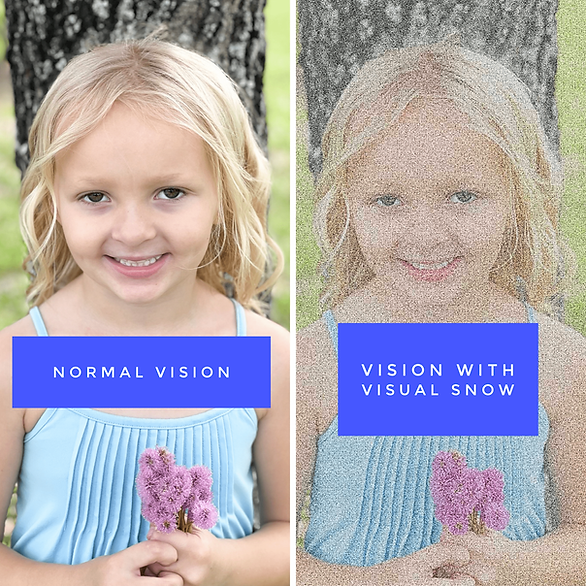
Understanding the Many Symptoms of Visual Snow Syndrome
Visual Snow Syndrome (VSS) is a neurological condition characterized by a variety of visual disturbances. While the exact symptoms and their severity can vary from person to person, here are some common experiences reported by individuals with VSS:
Visual Snow: The hallmark symptom of VSS is the perception of persistent visual snow. This appears as tiny, moving dots or static that overlays the entire visual field, similar to television static or falling snow.
Photophobia: Many individuals with VSS become highly sensitive to light. Normal levels of light that were once tolerable may now cause discomfort, eye strain, or increased visual disturbances.
Tinnitus: Some people with VSS also experience ringing or buzzing sounds in their ears, known as tinnitus. This auditory symptom often accompanies the visual disturbances and can vary in intensity.
Enhanced Floaters: Floaters are normal, small specks or strands that float in the field of vision. However, individuals with VSS may perceive an increase in the number or intensity of floaters, leading to more noticeable visual disturbances.
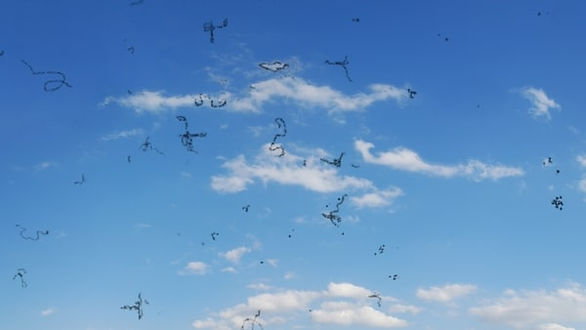
Afterimages: People with VSS may experience prolonged afterimages or persistent trails of images, where an image continues to appear even after it is no longer present. This can make it challenging to shift focus from one object to another.
Visual Trails and Palinopsia: Visual trails refer to the perception of moving images or streaks when an object is in motion. Palinopsia is the persistence of a visual image even after the stimulus is removed, causing ghost-like or trailing images.
Flickering Lights or Light Sensitivity: Some individuals with VSS may experience flickering lights or sensitivity to certain types of lighting, such as fluorescent or LED lights, which can exacerbate their visual symptoms.
Difficulty with Contrast and Clarity: VSS can impact a person’s ability to perceive contrast and sharpness in their visual field. This can make it challenging to read text, distinguish between objects, or perceive details clearly.
Anxiety and Depression: Living with a chronic condition like VSS can take a toll on one’s mental well-being. Many individuals with VSS report experiencing anxiety, depression, or heightened levels of stress due to the constant visual disturbances and associated challenges.
Visual Migraine: Some people with VSS may also experience visual migraine episodes, which can include symptoms such as flashing lights, zigzag lines, or temporary blind spots in the visual field. These episodes can be accompanied by or independent of headache pain.
Difficulty with Depth Perception: VSS can affect depth perception, making it challenging to judge distances accurately. This can lead to difficulties with tasks that require depth perception, such as driving or playing sports.
Visual Distortions: Alongside visual snow, individuals with VSS may experience various visual distortions. These can include objects appearing to be smaller or larger than they actually are, altered colors or hues, or a sense of visual instability.
Eye Strain and Fatigue: The constant visual disturbances of VSS can cause eye strain and fatigue, making it more tiring to engage in activities that require focused vision for extended periods, such as reading or using digital screens.
Impaired Night Vision: Many people with VSS report difficulties with night vision, experiencing increased visual disturbances and reduced clarity in low-light conditions.
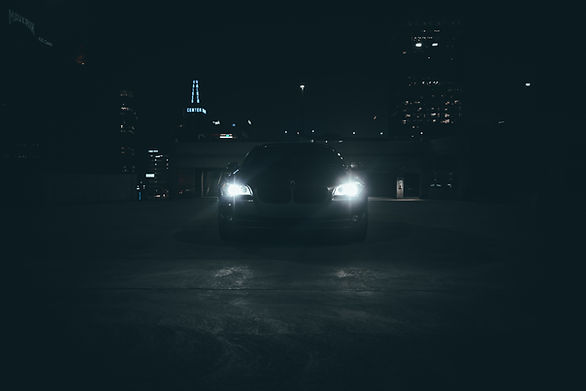
Cognitive Issues: VSS can also have an impact on cognitive functioning. Some individuals may experience difficulties with concentration, memory, and attention due to the constant visual distractions and associated cognitive load.
Sleep Disturbances: VSS can disrupt sleep patterns, leading to difficulties falling asleep or experiencing restful sleep. Visual disturbances may persist even when the eyes are closed, making it challenging to relax and unwind.
Emotional Distress: Living with the chronic symptoms of VSS can cause emotional distress and frustration. Anxiety, stress, irritability, and feelings of helplessness or isolation are commonly reported emotional responses.
Impact on Daily Activities: The visual symptoms of VSS can affect various aspects of daily life. People with VSS may find it challenging to engage in activities they once enjoyed, such as reading, watching movies, or participating in visually demanding tasks.
It is essential to remember that each individual’s experience with VSS can differ, and not everyone will experience all of these symptoms. If you suspect you have Visual Snow Syndrome or are experiencing any of these symptoms, it is recommended to consult with a healthcare professional for a comprehensive evaluation and appropriate management strategies.
Coping Mechanisms and Self-Care
I have developed various coping mechanisms to manage the impact of VSS on my daily life. I have found my sunglasses to be a huge help in my daily life. I don’t go outside without them, and I even wear them in the grocery store under the harsh fluorescent lights. I sometimes wear FL-41 glasses as well.
FL-41 glasses, also known as tinted lenses or migraine glasses, have gained attention for their potential benefits in managing certain visual conditions and light sensitivity, including migraines and other neurological disorders. While research on FL-41 glasses is still evolving, here are some potential benefits that users have reported:
Light Sensitivity Reduction: FL-41 lenses are specifically designed to filter certain wavelengths of light, such as blue and green light, which are known to trigger light sensitivity and exacerbate symptoms in some individuals. Wearing FL-41 glasses can help reduce the intensity of light entering the eyes, making environments more comfortable and reducing visual disturbances.
Migraine Relief: Many people with migraines have found relief by wearing FL-41 glasses. These lenses can help reduce the frequency and severity of migraines triggered by light sensitivity, such as fluorescent lights, computer screens, or bright sunlight. The tinted lenses create a soothing effect and minimize the visual stimuli that can contribute to migraine attacks.
Contrast Enhancement: FL-41 lenses can enhance contrast perception, making it easier to distinguish between objects and reducing visual fatigue. This benefit can be particularly helpful for individuals with conditions like Visual Snow Syndrome, where contrast sensitivity may be impaired.
Screen Time Comfort: Spending extended periods in front of digital screens can strain the eyes and worsen symptoms for individuals with light sensitivity or conditions like computer vision syndrome. FL-41 glasses can help mitigate these symptoms by reducing glare and filtering out blue light emitted by screens, making screen time more comfortable and less visually taxing.
Improved Visual Performance: Some individuals have reported improved visual performance while wearing FL-41 glasses. These lenses can enhance visual clarity, reduce visual distortions, and provide a more comfortable viewing experience overall.
Better Quality of Life: For individuals whose daily lives are affected by light sensitivity, wearing FL-41 glasses can lead to an improved quality of life. By reducing symptoms such as eye strain, headaches, and visual disturbances, these glasses allow users to engage in daily activities with greater ease and comfort.
Building a Support Network
Having a strong support network is crucial when living with a chronic condition like VSS. My family and close friends played a vital role in understanding and empathizing with my struggles. By educating them about VSS, I was able to foster a safe environment where I could openly share my experiences and emotions.
Finding Hope and Empowerment
Living with VSS is undoubtedly challenging, but it does not define who I am as a person or a mother. Instead of letting the condition dictate my life, I chose to reclaim my power and find hope in the midst of adversity.
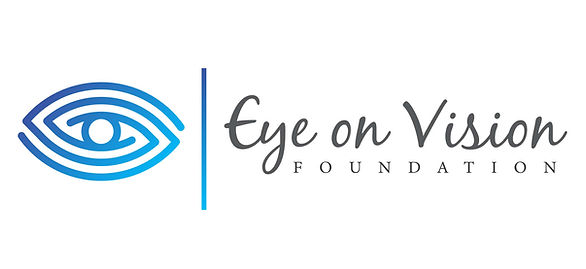
Moreover, I became an advocate for myself, engaging in open conversations with my healthcare providers and actively participating in research through my non-profit, the Eye on Vision Foundation. By embracing a positive mindset, focusing on self-compassion, and seeking out resources and support, I discovered that empowerment is within my reach. If you have VSS, or know someone who does and are looking for support, reach out to the Eye on Vision Foundation.



